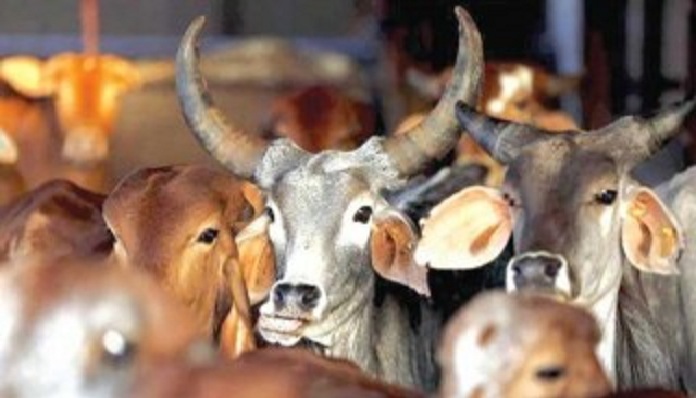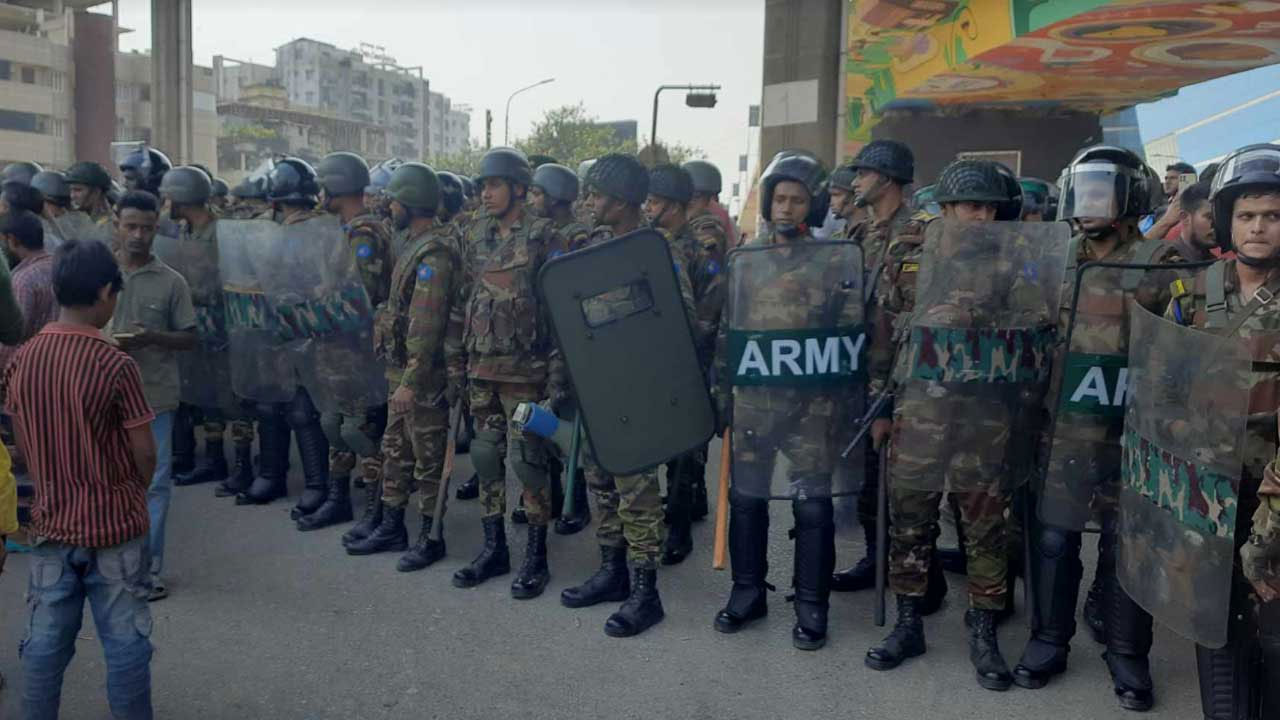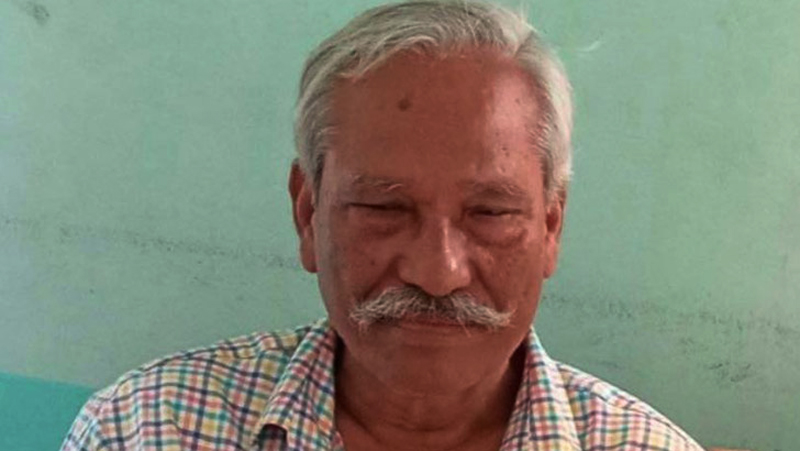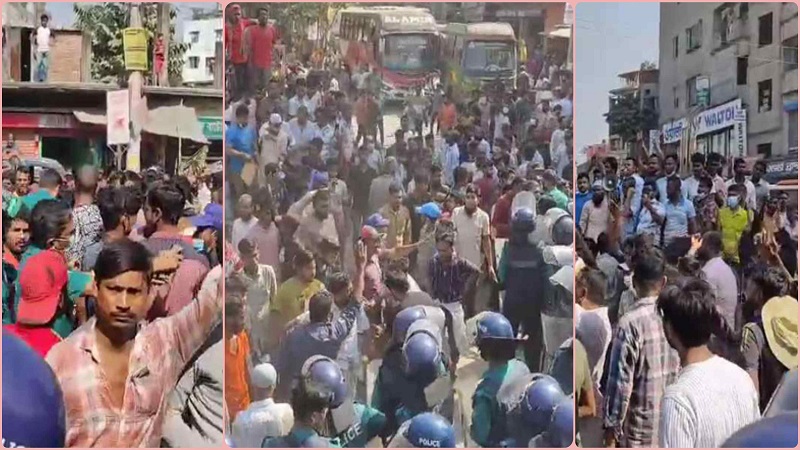With cow milk sales plummeting in the past several months amid consumers’ fear of contracting COVID-19, a considerable number of people, whose livelihood depended entirely on milk sales, were living in constant fear of losing their milk-yielding cows to the deadly cattle LSD virus.
While the lumpy skin disease or LSD virus was spreading rapidly across the country’s northern region where it infected nearly 30 thousand cows and killed 325 over the last few months, it was also turning into a great cause for concern in the eight northern districts in Rangpur region where many of the milk cows among the 325 cattle were killed within a span of only thirty days.
Many of the affected cattle owners claimed that aside from the deaths, around 30 thousand cattle had contracted the disease in Rangpur, Lalmonirhat, Kurigram, Dinajpur, Nilphamari, Gaibandha, Thakurgaon, and Panchagarh districts in Rangpur region during the same period.
Though the death toll claimed by the livestock office in Rangpur differed with the number of deaths claimed by locals, it was in agreement with the total infection in the northern district.
Habibul Islam, divisional livestock officer in Rangpur, said that according to the reports he had received 325 cattle had died of the disease there till date since June.
Samad Mia, of village Balapara in Kawnia, said, ‘My family of five and I had been able to survive during this difficult time of novel coronavirus only by selling milk from my two milk cows. But now I’m in a dire situation as people stopped buying milk from me after both the cows got infected with the LSD virus.’
Anil Chandra and Monir Miah, of village Kamlabari in Aditmari, said that many low-income people like them made living primarily by selling cow milk. But both of them lost one cow each in the past couple of weeks.
Before the LSD hit the northern eight districts, it had started to spread in Kurigram in late 2019. It killed 45 cattle and infected more than seven thousand others in Kurigram by May this year.
According to the livestock office in the divisional Rangpur, the disease entered Kurigam through India.
In the last one and half months, the LSD virus infected a large number of cattle in most areas of Rangpur region’s 58 upazilas.
A number of infected cattle owners told New Age that while everyone, including government livestock officials were afraid of contracting the novel coronavirus, the spread of the LSD virus went on unabated in the region for months.
Besides, the cattle owners could not take the infected animals to a government veterinary hospital as there was none nearby. Furthermore, they were not solvent enough to pay higher fees charged by private veterinary practitioners.
They said that within two to three days after numerous rounded lumps became evident under the skin of an animal, the lumps turned into open sores that showed signs of discharge. The animal also developed high fever, general malaise and strong aversion to food before dying within a few days.
Among other symptoms, the animal’s throat and limb joints swell up and it fails to stand on its feet, said cow owner Rafiqul Islam, of Domar upazila.
Pirgacha upazila livestock officer Abul Kasem said that the LSD virus was being transmitted in a vast area of the region via insect vectors such as mosquitoes and flies and they were providing symptomatic treatment to the infected animals in the area.
Around 30 thousand cattle have contracted the LSD virus in northern eight districts, said DD Habibul Islam.
He claimed that the infected animals recovered after some time and the livestock offices in the every district had been doing their best to treat the animals despite the likelihood of livestock office employees getting infected by COVID-19 while at work.
Since there were no proven treatment available for LSD virus, they have been giving the animals symptomatic medications such as paracetamol and antihistamine for pain, fever and swelling.












